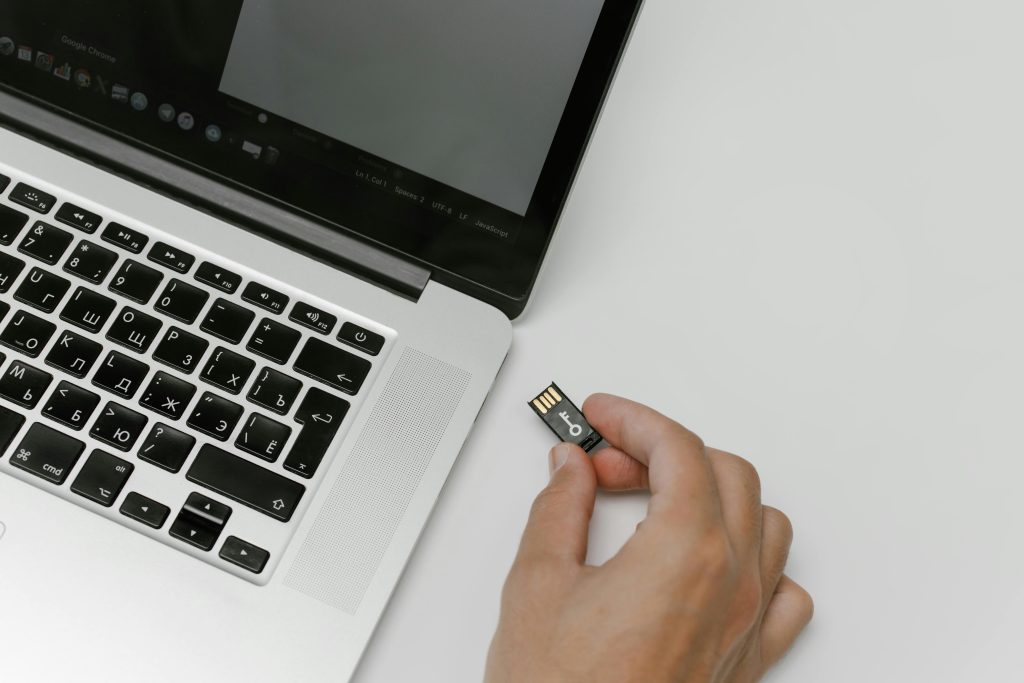Understanding Capacity Discrepancies in Recertified Hard Drives: A Case Study with a 12TB HGST Drive
In today’s data-driven world, ensuring the integrity and reliability of storage devices is paramount. Many professionals and enthusiasts rely on recertified (refurbished) drives to balance cost and performance. However, users sometimes encounter perplexing issues regarding reported storage capacity, especially during testing and verification processes.
The Scenario
A user recently purchased a recertified HGST 12TB hard drive and observed an unusual discrepancy: the drive’s capacity reported by their operating system significantly differed from the device’s listed capacity. During routine testing, which included comprehensive surface scans and burn-in procedures, the drive appeared to show only approximately 1.5TB of available space, despite being a 12TB model.
Details of the Issue
-
Drive Model: HGST HUH721212ALN600 (12TB capacity)
-
Observed Capacity: Approximately 1.5TB in Windows
-
Expected Capacity: 12TB as listed by the manufacturer
-
Testing Procedure: Surface testing and burn-in to verify drive integrity
-
Supporting Evidence: Image link for reference
Possible Causes of Capacity Discrepancies
Such discrepancies can be perplexing but are not uncommon in certain scenarios. Some possible causes include:
- Partitioning and Formatting Limitations
- The drive may have unallocated space or partitions that limit the visible capacity.
-
A full surface test might be performed on a partition that doesn’t encompass the entire drive.
-
Drive Firmware and Calibration
- Recertified drives sometimes have firmware adjustments that affect how capacity is reported.
-
Firmware inconsistencies can cause the OS to recognize only a portion of the drive.
-
Bad Sectors or Reallocated Space
- The drive might have reallocated sectors or bad areas marked during the burn-in process.
-
Manufacturers sometimes limit the usable capacity to prevent issues.
-
Drive Initialization and Configuration
- The drive may need to be initialized or formatted properly.
- Certain diagnostic tools or BIOS settings may also influence how the drive is recognized.
Recommendations for Users
If you encounter a similar situation, consider the following steps:
- Verify with Disk Management Tools
Use Windows Disk Management or third-party disk utilities to see how the drive is partitioned and to check
Share this content:



